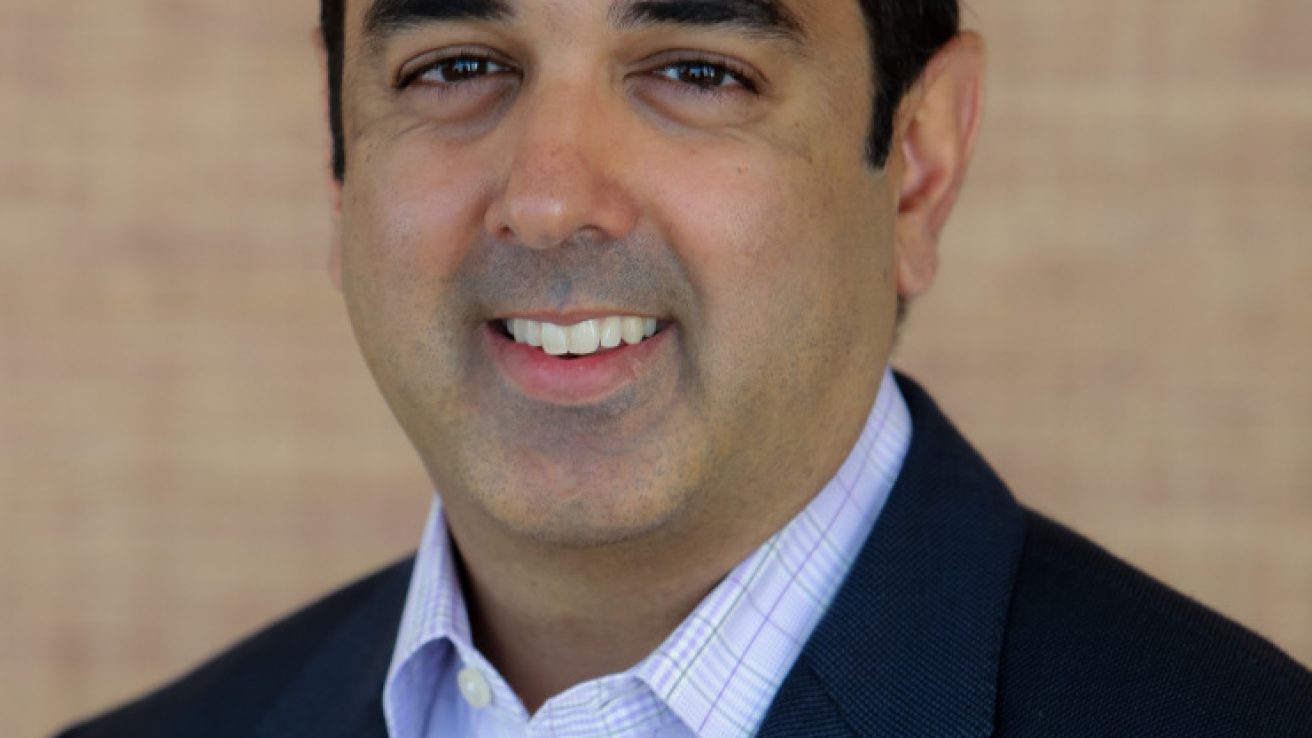In this MD Newsline exclusive interview with vitreoretinal specialist Dr. Rishi Singh, we discuss how to provide culturally sensitive care and overcome language barriers.
MD Newsline:
How have you been able to implement culturally sensitive care in your practice? How do you deal with language barriers so that they don’t impede your ability to deliver quality care?
Dr. Rishi Singh:
“You know, one of the things that I’ve been acutely aware of through some of the research I’ve done is actually the racial and socioeconomic differences in patients and how they might receive care and what their perceptions of care have been. I find that there’s bias on all sides of the fence.
There’s bias on the patient’s side because they might think that they don’t understand what we’re necessarily doing with our treatments. They might not have the education level to understand what we’re doing. Maybe they had a friend or a loved one or somebody in their community who’s been vocal about their unhappiness about their treatments or what have you.
On the clinical side of things, on the physician side, because of the insurance barriers, a lot of times, we’re handicapped in taking care of patients in a proper way. Sometimes we’re waiting a day or two days, for example, for insurance approval for something we’d like to treat today.
And so that leads to some barriers in our [ability] to take care of all racial and socioeconomic situations. And a lot of times, those go hand-in-hand. They’re not really separable in many ways. Sometimes they go hand-in-hand in that race and socioeconomic factors interplay with each other.
So I think as part of my role as an educator, I talk to my residents and my fellows about being culturally, and racially, and socioeconomically sensitive to my patients, as a way of engaging them in the process, being understanding of their background or their education level or their understanding of their disease state to make them understand the importance of the disease.
So we might spend some more time with some of those patients to make sure that they understand why we’re doing the treatments, what the value of the treatments are, how we can help enable them to come to their visits because they might be facing some economic barriers [in] coming to us and we may not know that. And I think that that’s a very, very important thing that we can all do as clinicians with our patients every day.
Yeah, you know the virtual world has been fantastic about allowing us to translate [for] individuals and help make sure they understand what we’re doing. At the Cleveland Clinic, we’re fortunate enough to have a wonderful translating service that actually happens on an iPad. So, with FaceTime, they have now become able to bring in a translator [of] many, many different languages, and allow us to treat these patients and talk and watch the examination on FaceTime while we’re doing it.
And that’s been a wonderful way of really communicating to individuals through this language barrier. I’ve never felt uncomfortable or unable to communicate to my patients because of some of the advents in technology that have come about. We used to hire every translator in every language, and that would be impossible to have. But now, with the iPad, and WiFi, and things like that, and you can get a translator [for] any different disease state.
And sometimes giving them written materials, even if in English, can help them because then they can go back and work with somebody in their community or their family that might be able to help translate some of those pamphlets or information to them. So, we tend, I think, to give them more written material and also involve these virtual translators in any possible way we can do that.”
Responses have been condensed and lightly edited.









